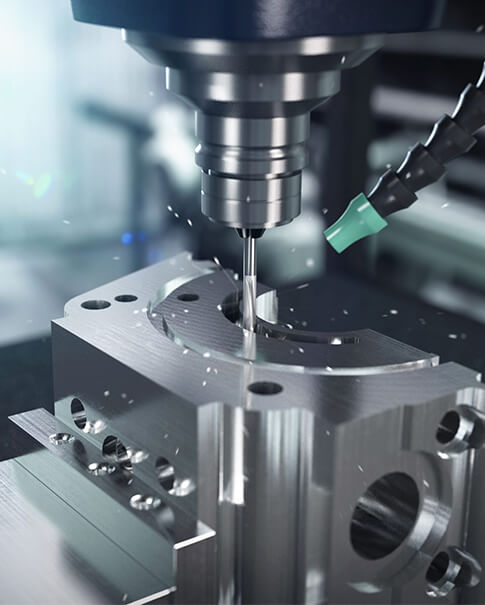
Aluminum& Plastic Extrusion
|
What is Aluminum Extrusion? Aluminum extrusion is a process by which aluminum alloy material is forced through a die with a specific cross-sectional profile. Aluminum extrusion can be likened to squeezing toothpaste from a tube, A powerful ram pushes the aluminum through the die and it emerges from the die opening. |
 |
How Does Aluminum Extrusion Work?
The aluminum extrusion process can be carried out in one of two ways: hot extrusion or cold extrusion. There are reasons to use both methods. Hot extrusion allows for greater volumes of aluminum to be fed into the die, quickly and at lower pressure, while cold extrusion can produce mechanically superior parts with a good surface finish and resistance to oxidization.
What Kinds of Shapes Can be Extruded?
There are three main categories of extruded shapes:
Solid, with no enclosed voids or openings (i.e. a rod, beam, or angle).
Hollow, with one or more voids (i.e. square or rectangular tube).
Semi-hollow, with a partially enclosed void (i.e. a “C” channel with a narrow gap)
|
Common Extrusion Applications
Extrusion has innumerable applications across many different industries: Architectural Automotive Aerospace Energy Medical Devices Communication Equipment Electronics Robotics |
 |
Custom Aluminum Extrusion Profiles
Standard aluminum extrusion profiles (like extruded aluminum channel or extruded aluminum bar) are typically mass manufactured by extrusion specialists; if you need large quantities of standard extruded aluminum profiles, you are better off using the services of one of these companies.
However, for custom aluminum extrusion profiles with a nonstandard aluminum extruded shape, GT may be a better option. That’s because we accept low-volume extrusion orders — for prototyping and small batch production — allowing you to experiment with custom profiles.
In addition to creating custom aluminum extrusion profiles using custom dies, we can combine extrusion with other manufacturing processes (like CNC machining) to produce custom final parts. This can allow us to make parts faster and more affordably, especially if the majority of the part has a consistent cross-section.
Parts of the product:
 |
 |
 |